Chamberlain University - St. Louis is Chamberlain University - St. Louis. Here is a detailed introduction:
School Profile
School Nature and History: Chamberlain University - St. Louis is a private university, formerly known as Deaconis College of Nursing. The school focuses on nursing education and has rich teaching experience and professional heritage in the field of nursing.
Location: Located in Maryland Heights, St. Louis, Missouri, USA, the address is 11830 Westline Industrial Drive, St. Louis, MO 63146. St. Louis is one of the important cities in Missouri, with rich medical resources and diverse cultural activities, providing a good environment for students' study and life.
Academic Courses
Professional Setting: The school mainly offers a Bachelor of Science in Nursing (BSN) degree program, dedicated to cultivating professional nursing talents and helping students to be fully prepared for their future nursing careers.
Course Features: The course focuses on the close integration of theory and practice, and allows students to fully master nursing professional knowledge and skills through classroom teaching, laboratory simulation training, clinical internships and other methods. Students can practice in the school’s SimCare Center™, which is equipped with high-tech patient simulators that can simulate a variety of conditions and physiological states to help students improve their diagnostic and nursing skills. In addition, the school also provides a wealth of online learning resources to support students in self-study and distance learning.
Teaching mode
The hybrid teaching mode is adopted to combine online learning with offline learning, providing students with a more flexible learning method. Students can choose face-to-face courses or distance learning through online platforms according to their own situation.
Teaching staff
Professional background and experience: Most of the teaching team has a deep nursing professional background and rich teaching experience. They not only have certain attainments in academic research, but also can integrate the experience in clinical practice into teaching, provide students with practical guidance and case analysis, and help students better understand and apply the knowledge they have learned.
Teacher-student interaction and support: The school's teacher-student ratio is relatively low, about 7:1, which enables teachers to pay full attention to the learning progress of each student, provide students with personalized learning support and guidance, answer students' questions in a timely manner, and help them solve problems encountered in the learning process.
Teaching facilities
Simulation laboratory: The school is equipped with advanced simulation laboratories, such as SimCare Center™, which simulates various real medical scenarios, such as wards, operating rooms, emergency rooms, etc., allowing students to practice practical operations in a safe environment and improve their clinical skills and emergency response capabilities. These simulation laboratories are equipped with high-tech mannequins and various medical equipment, which can simulate different diseases and physiological states, providing students with a highly realistic practical experience.
Learning Resource Center: There is a learning resource center, which provides a wealth of learning resources such as books, journals, databases, as well as online learning platforms and tutoring services to help students conduct independent learning and research. Students can consult professional materials, complete homework, participate in online discussions, etc. here to broaden their knowledge and learning horizons.
Student Life
Student Organizations and Activities: The school has a variety of student organizations and club activities, such as the Nursing Student Association. These organizations regularly hold various academic exchange activities, social activities and volunteer service activities to enrich students' extracurricular life, enhance communication and cooperation among students, and cultivate students' teamwork ability and social responsibility.
Campus culture: The campus culture emphasizes professionalism, teamwork and social responsibility, encourages students to actively participate in various practical activities, improve their professional quality and comprehensive ability, and lay a solid foundation for future nursing career development.
Admission requirements
To apply for the nursing major at Chamberlain University in St. Louis, you usually need to meet the following conditions: hold a high school diploma or equivalent; complete relevant prerequisite courses such as biology, chemistry, anatomy and physiology; meet the minimum GPA requirements set by the school; provide valid standardized test scores such as SAT or ACT; have good English language skills, and for international students, usually need to provide TOEFL or IELTS scores.
Tuition and Financial Aid
The school's annual tuition is approximately US$18,900, in addition to US$920 in miscellaneous fees. The school provides students with a variety of financial assistance methods, including scholarships, grants, loans, etc., to help students reduce their financial burden and successfully complete their studies.
Graduation and employment
Graduation rate and employment situation: The graduation rate of the school's graduates is 25%, and the employment rate is 94% 2 years after graduation. The median starting salary of graduates is US$67,100, and the employment prospects are relatively broad.
Career development support: The school provides students with comprehensive career development support, including resume preparation, interview skills training, career planning guidance and other services to help students successfully enter the nursing industry and start their careers. In addition, the school has established a good cooperative relationship with local medical institutions, providing students with abundant internship opportunities, helping students accumulate practical experience and improve their employment competitiveness.
-

Harvard University
-

Massachusetts Institute of Technology
-
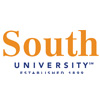
South University
-

University of West Georgia
-

Stanford University
-

Northwest Nazarene University
-

Hawaii Pacific University
-
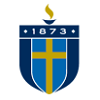
Shorter University
-

Nova Southeastern University
-
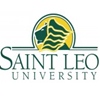
Saint Leo University
-
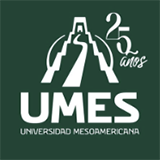
Mesoamerican University
-
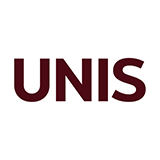
Istmo University
-

Mariano Galvez University of Guatemala
-
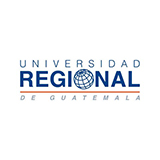
Regional University of Guatemala
-
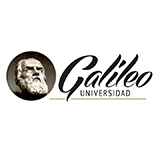
Galileo University
-
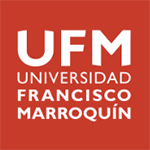
Francisco Marroquín University
-
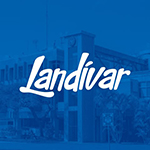
Rafael Landívar University
-
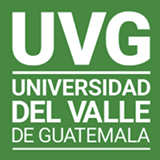
University of the Valley of Guatemala
-
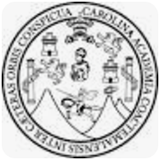
University of San Carlos of Guatemala
-
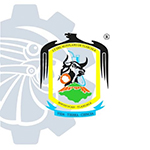
Technological Institute of Tlaxcala Plateau
-
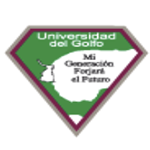
Golfo University
-

Technological University of South Sonora
-
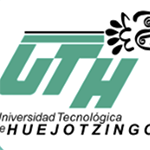
Technological University of Huejotzingo
-

Tizimín Institute of Technology
-
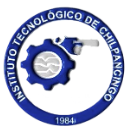
Chilpancingo Institute of Technology

